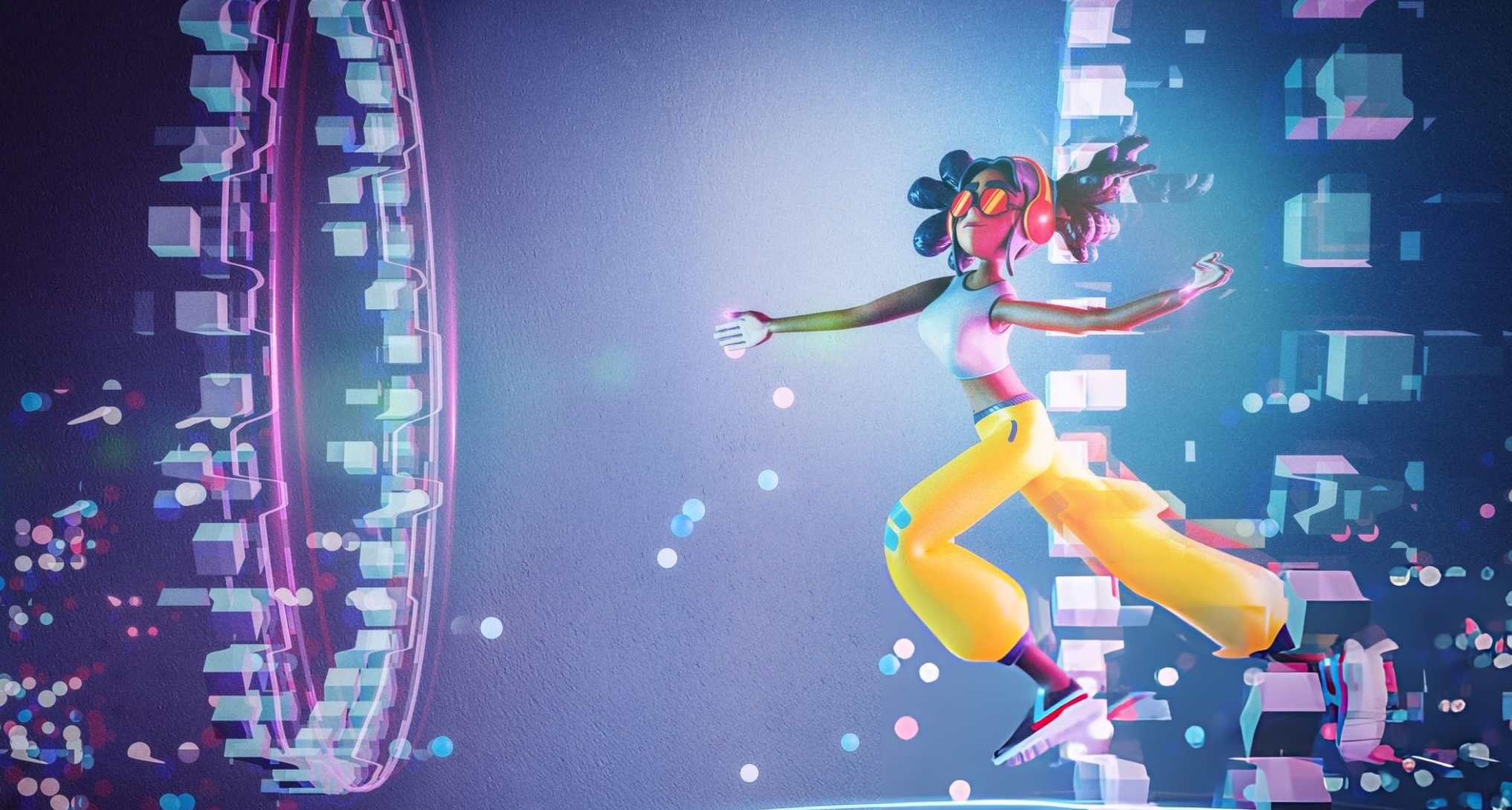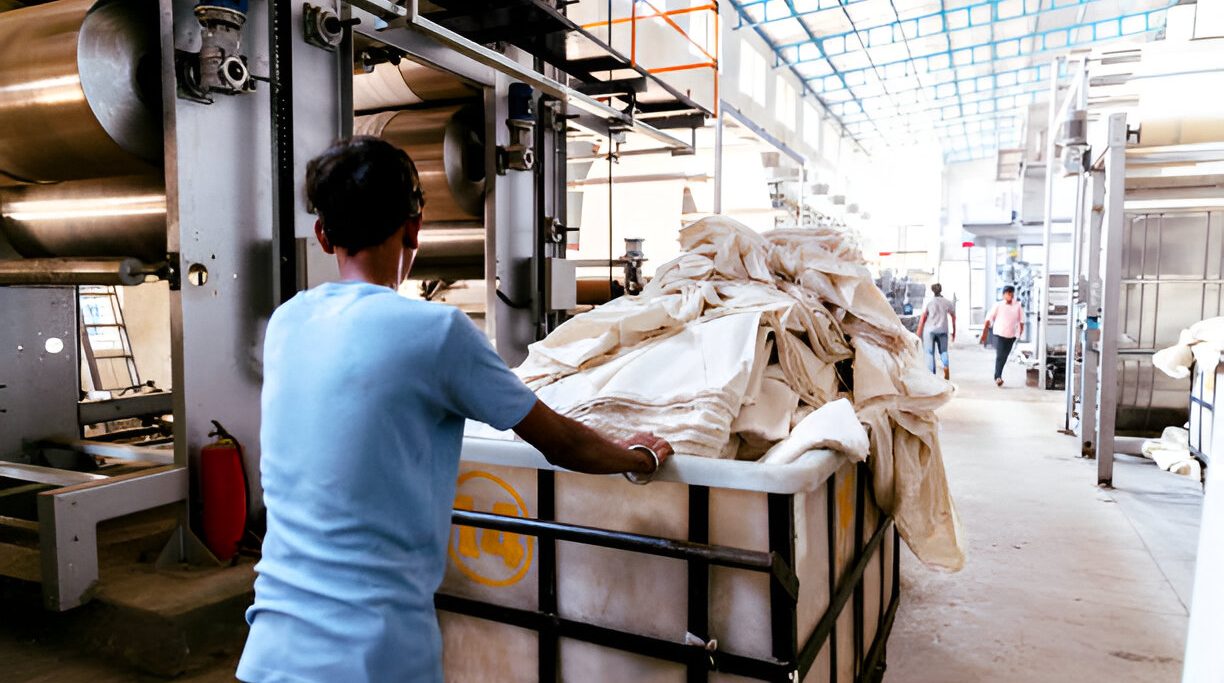Women’s fashion has changed dramatically during the previous century or so, a period marked by two world wars and numerous revolutions. Many financial downturns, as well as deep depressions, have occurred during this time. The length of skirts and dresses is thought to be related to economics; the miniskirt was connected with the boom years of the 1960s, but what about today? We’ll take a look at how fashion has changed in this article.
The 1900s – The era of Bustles and trains
The emphasis was on curves in the early 1900s, and skirts were lengthy, frequently with bustles and trains, however by 1910, hemlines had started to rise a little so it was acceptable to show a peep of the ankle. Paris was the epicenter of fashion, and its couture masterpieces were much sought after by the social elites. After 1910, the emphasis shifted away from curves, with flatter busts and smaller hips becoming fashionable. Skirts lost their bustles and plumes, and hemlines began to creep higher.
First world war and its after-effects – Shorter skirts and baggy pants
During the First World War, from 1914 to 1918, being fashionable was no longer considered appropriate. Following WWII, there was a massive shift in fashion. Women requested more freedom in their clothing as a result of the postwar spirit. Shorter skirts and trousers were popular, despite their conservative nature. With the appearance of the flapper in 1925, the genuine fashion revolution took place. Even shorter skirts with low waistlines and hemlines that rose to the knee were worn. Close-fitting gowns were popular, and there were often no waistlines at all. Hats with a little rimless brim were also fashionable. The flapper period came to an end with the Great Depression of the 1930s. Hemlines lowered and waistlines reappeared as women’s attire returned to its original style in reaction to the bleak economy.
Second world war – The era of simple clothing
Many people who had previously employed slaves were no longer able to do so in the 1930s, which was an unusual development. Many women who had previously indulged in pure leisure were now required to work, necessitating the need for more pragmatic daytime attire such as simple skirts and shirts. This was the beginning of evening gowns; after performing the chores, women still needed to seem attractive, so they changed into fashionable and exotic evening gowns. The Second World War had a major impact on fashion as the preceding one.
Because of the scarcity of fabric, skirts and jackets were cut shorter, and buttons were confined to three per item of clothing. Ankle socks were reintroduced due to a scarcity of stockings.
In the late 1940s and 1950s, the new look was born.
The waists were slim, the skirts were voluminous, and the shoulders were rounded. The fashion lasted until the 1960s when it was completely overthrown. Miniskirts, hot pants, bell bottoms, and blue jeans were all popular at the time. Everything was worn including midi dresses, maxi dresses, and mini dresses, depending on the mood. Then came punk, which brought forth yet another massive change.
Late 1900’s – Enter punk and grunge
The fashion world had cooled down by the 1980s, and designer styles had become essential. Extravagance reappeared, as did haute couture, which was driven by Parisian and New York-based fashion businesses, with its designs getting replicated by high-street retailers.
In the 1990s, women began to adopt more casual clothing once more. With torn jeans, flannel shirts, and baggy pants, Grunge and hip hop overtook Punk as the fashion trend. The beginning of “mash-up” fashion, which is a blend of ethnic clothes and vintage trends based on popular fashions from the 1940s through the 1980s, began around the turn of the century.
2000’s – The era of Tumblr fashion (Comfortable style)
In the late 2000s, there was a noticeable shift in fashion. The exposing fashion had passed us by, and Tumblr fashion had taken its place. Tumblr style? Yes, there’s a lot of high waisted skirts with shirts, large glasses, comfortable t-shirts and scarves in hipster and nerdy designs. With various tones of peacock blue, forest green, and orange, the whole mood was redesigned using a lot of knitted fabrics. This style was represented by tunics, vests, and maxi lengths. Cargo trousers, or big pants in general, were popular alternatives for wearing with a tee on a regular basis. When it came to business attire, pinstripes, pantsuits, bright tops, and jumpers were the most popular choices. Shiny pumps and a statement bag also began to be used more commonly.
A well-tailored suit tells a different tale than tattered jeans and a hoodie, but both are important when trying to comprehend fashion’s growth and effect. Fashion, whether we like it or not, has had a significant part in influencing society. It is a means of comprehending the world and those who have walked before us. But in the present scenario, the meaning of fashion has completely drifted to experimentation and comfort.
Comfort is the new definition of style and it is a no brainer that simpler clothes are rocking the fashion charts. T-shirts paired with almost anything, loose tops with leggings and vests with skirts are the new style. We at Cotton Monk help brands to manufacture huge varieties of t-shirts, leggings and activewear etc. If you are looking for a Textile Manufacturing partner, Cotton Monk is the one stop destination.



